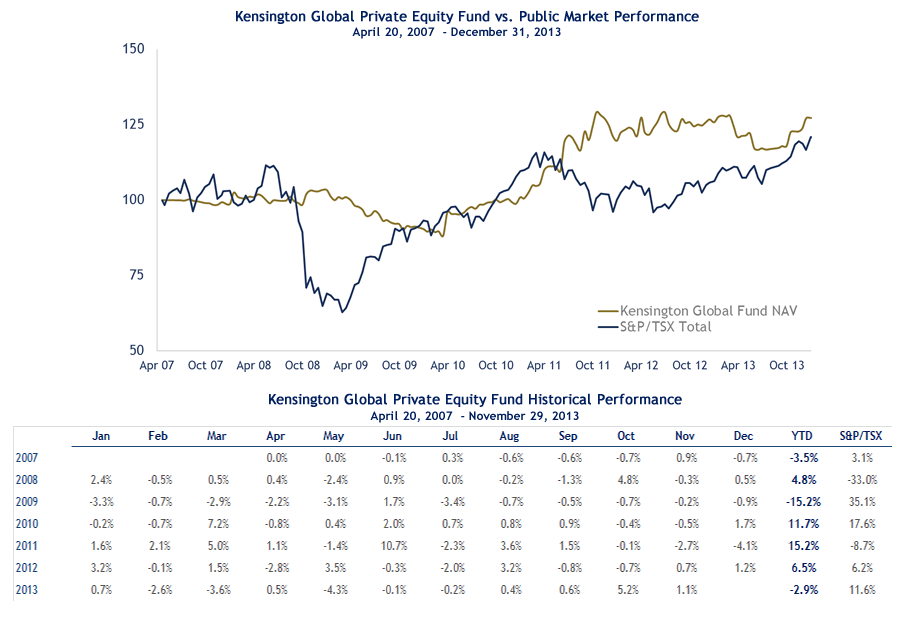PE Program Fund Performance
Post on: 9 Май, 2015 No Comment

Since inception in 1990 to June 30, 2014, the Private Equity (PE) Program has generated $31 billion in profits for CalPERS.
All information on this page is as of June 30, 2014.
June 30, 2014 is the latest private equity performance information available. At the end of each quarter, the General Partners report on the value of invested capital. They have up to 120 days to provide Limited Partners with financial data, so there is generally a two-quarter lag in performance reporting.
How to Read the Performance Review Table
The table, which is updated quarterly, provides information on the status of the CalPERS private equity commitments. The left-hand column lists all funds to which CalPERS has committed capital. The column Capital Committed identifies the original amount CalPERS agreed to invest in each fund. Cash In represents capital contributed for investments and management fees. Cash Out represents distributions CalPERS has received back from the fund.
Reported performance may reflect a variety of factors. One fund may be in the formative stage when management fees have a larger negative impact on results in the initial years. Another fund may be realizing investments in some companies and distributing the proceeds to investors. Performance may also be influenced by the performance cycle within industries or the strategies in which funds invest, such as technology versus manufacturing, or venture capital versus buyout. There are no generally accepted standards, practices, or policies for reporting private equity valuations. Generally, private equity partnerships take 10 to 12 years to realize full value. Most General Partners tend to have a conservative valuation approach, and as a result interim reported values could differ materially from the values realized when portfolio companies are sold. For these reasons it is not always meaningful to compare the interim returns or multiples for funds, particularly for funds of different vintage years or investment strategies.
In evaluating private equity performance, CalPERS emphasizes using both the realized IRR along with Cash Out & Remaining Value divided by the Cash In. Interim IRRs by themselves are not the best indicators of how a fund is performing or how it will perform over its full life.
Note. The table below reflects the performance of all active PE partnership investments as of June 30, 2014. The table does not include any exited partnership investments. The reported value figures shown are representative of CalPERS’ position in each investment. For funds formed during or after a vintage year of 2010, the investment multiple was noted as N/M which means Not Meaningful. Industry practice dictates that these funds are in the early stages of their investment life cycle and any performance analysis done on these funds would not generate meaningful results as private equity funds are understood to be long-term investments. The term N/A means Not Available. Partnership investments ending with a 1 are using cash adjusted market values.














